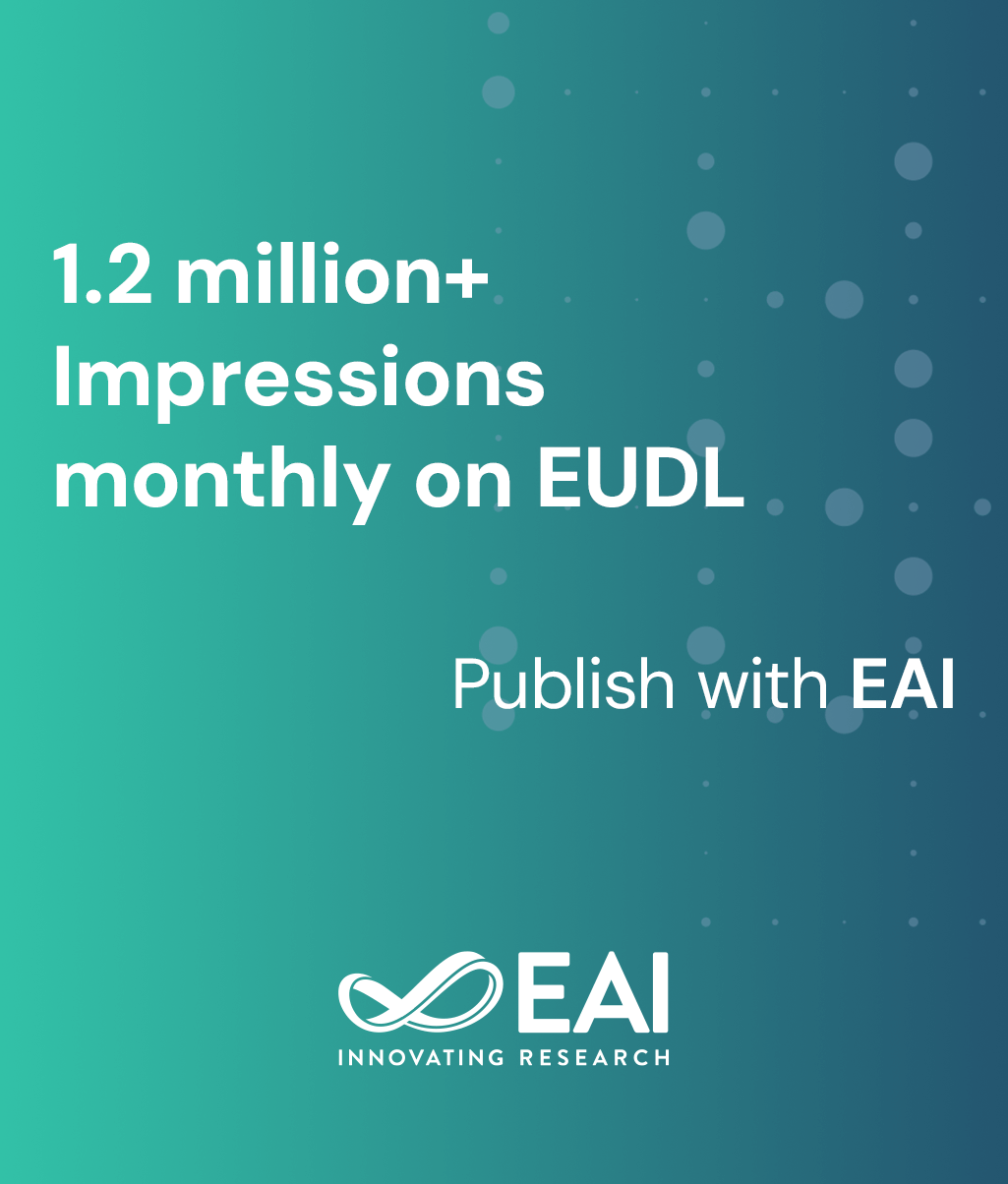
Research Article
Blockchain Based Cryptographic Algorithm for Data Protection in Electronic Voting System
@ARTICLE{10.4108/eetiot.7680, author={Vinayachandra and Krishna Prasad K }, title={Blockchain Based Cryptographic Algorithm for Data Protection in Electronic Voting System}, journal={EAI Endorsed Transactions on Internet of Things}, volume={11}, number={1}, publisher={EAI}, journal_a={IOT}, year={2025}, month={4}, keywords={Electronic Voting System, Cryptography, Data Protection, Encryption, Decryption, Blockchain}, doi={10.4108/eetiot.7680} }- Vinayachandra
Krishna Prasad K
Year: 2025
Blockchain Based Cryptographic Algorithm for Data Protection in Electronic Voting System
IOT
EAI
DOI: 10.4108/eetiot.7680
Abstract
The development of digital world created advancement of technology, by which the data services are electronically transacted. Electronic voting is used to improve the election system in several ways. But technical issues associated with protection of data, is considered as a major concern leading to illegal activities and threats. Some of the conventional methods used in securing e-votes are matching finger prints of individual, control unit accessibility, which provides decreased capability of attaining proper authenticity and security. Even several cryptographic methods are used for data security, but produced limited accuracy. So, to improve the reliability and accuracy of data protection in e-voting, combination of AES (Advanced Encryption System) and RSA (Rivest, Shamir, Adleman) combined with blockchain technology is implemented. AES uses larger key size which makes the data privacy robust. But encryption and decryption time produces decreases computational speed. So, AES is combined with RSA, as it uses shorter key length and easy to implement with block-chain algorithm, it is deployed to decrease encryption and decryption time, thus producing highly sensitive data security. The performance of the system is validated by calculating the encryption and decryption time, block size and verification time of original data with output data.
Copyright © 2025 Vinayachandra et al., licensed to EAI. This is an open access article distributed under the terms of the CC BY-NC-SA 4.0, which permits copying, redistributing, remixing, transformation, and building upon the material in any medium so long as the original work is properly cited.


